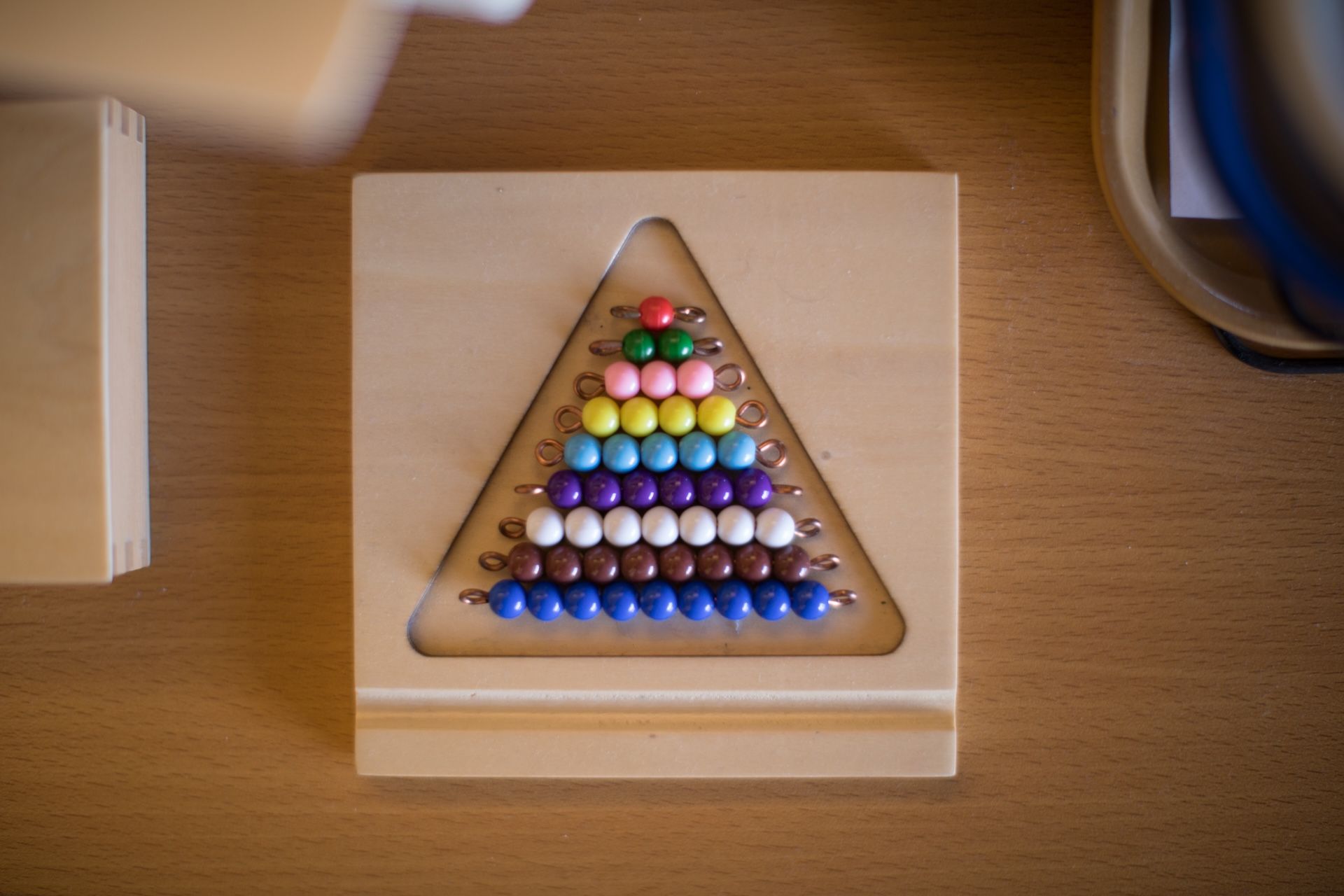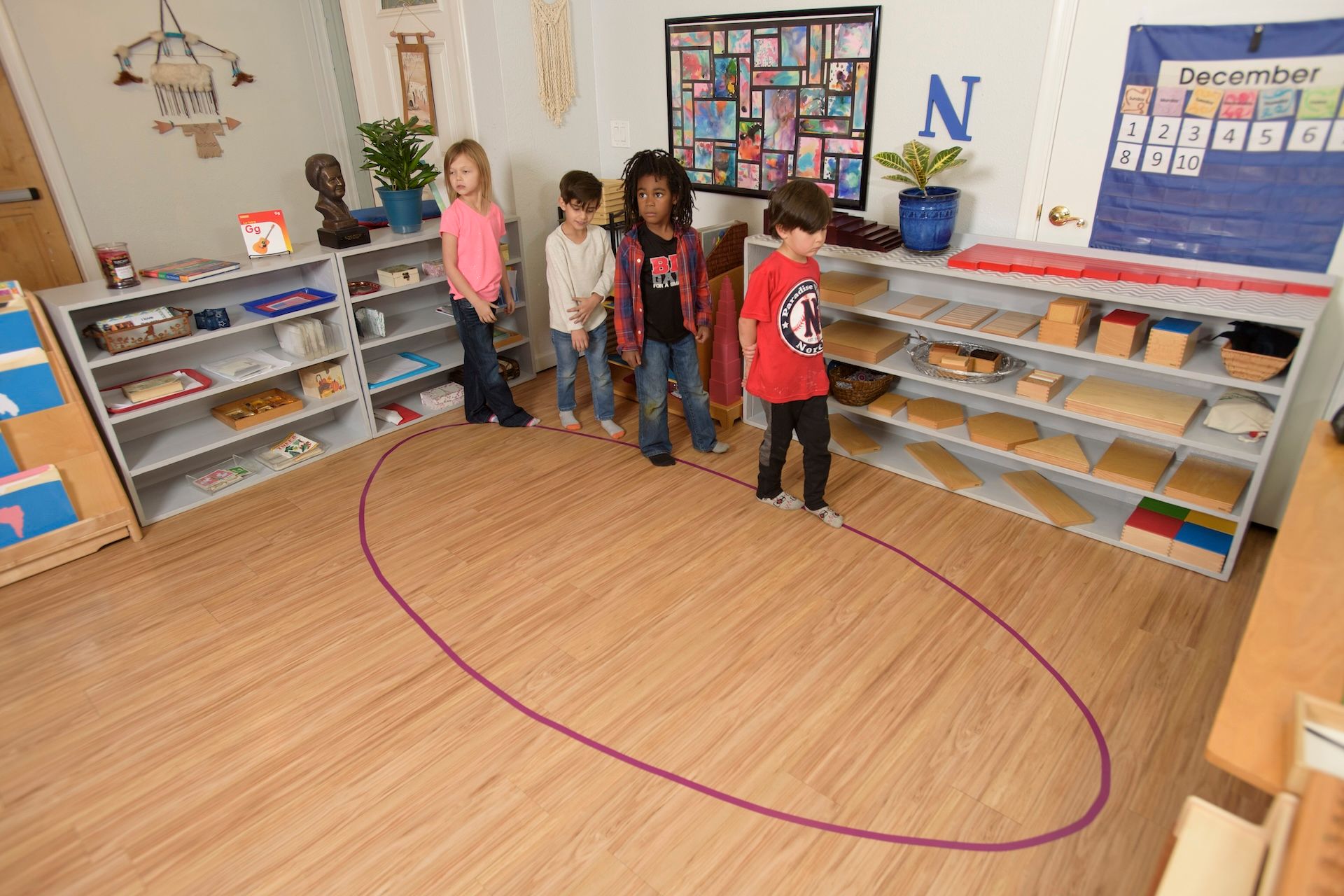As technology develops and devices let people go fully “digital”—not using paper and pen at all—the educational emphasis on cursive has decreased significantly. Because cursive writing isn’t a part of the Common Core, schools will pull it out of the curriculum because they don’t see the value of it in the modern world. It may seem like an outdated skill but learning cursive is about more than just writing down the alphabet. Handwriting has specific cognitive benefits that are vastly different from typing.

Psychologists and neurologists have been trying to optimize education with extensive study and have been quick to evaluate the potential effects of typing compared to writing by hand. There isn’t much comparison between the two, though. Handwriting engages the brain in important ways that aren’t replicated when using a keyboard. Learning how to write by hand—and how to use cursive in particular—improves something called “functional specialization”, which is essentially the brain’s capacity for efficiency. Learning and practicing penmanship combines sensation, thinking, and precise movements. These brain regions are interrelated but most skills don’t require them to interact in this way. Cursive writing also engages the brain across hemispheres. Cursive writing is a critical piece of elementary education.
In Montessori school, instructors put a lot of emphasis on creating letters the right way. Students follow the flow of each line and the connections that make each character. Dr. Montessori believed that all students were capable of learning and that the hands of children were already designed for cursive writing. There is a specific process for each letter which the students learn to follow. This precision facilitates better fine muscle movements and coordination.
Having good penmanship is about more than just having legible handwriting. Studies have demonstrated that the quality of children’s writing actually increases when they can write well. In addition, students who have a solid mastery of cursive can write much more quickly than peers who print and they can keep up with the speed of their thoughts.
The benefits spill over into the study of language in general. Children who can write and engage these specific brain processes tend to do better in reading and writing. Researchers have seen their comprehension to be notably improved over students who don’t have the same level of detailed instruction. Effective practice at writing improves letter recognition in students. Montessori instruction has a strong emphasis on forming each letter with similar motions and keeping the shapes kinetically seamless. The resulting handwriting is easier to read and it’s helped the child improve their educational potential.
Typing is an essential skill of the future world. Computer literacy has to start at an early age in order to promote interest in technology. But the elementary school skill of cursive penmanship shouldn’t be discarded because it seems outdated. What Dr. Montessori understood about cursive writing was the way it stimulated children’s minds to greater creative capacity. Researchers are proving out her theories with each passing day. Montessori school has important kinesthetic and creative benefits for children well into elementary grades and cursive writing is just one of the ways it can help students grow.
The post Cursive Writing in Montessori Schools appeared first on Pebblecreek Montessori.
Hours
MONDAY - FRIDAY
HALF DAY: 8:30a – 12 noon
ACADEMIC DAY: 8:30a – 3:30p
EARLY CARE: 7:00a – 8:30a
AFTER CARE: 3:30p – 6:00p
OFFICE: 8:00a - 4:00p
Programs
Connect
Pebblecreek Montessori




